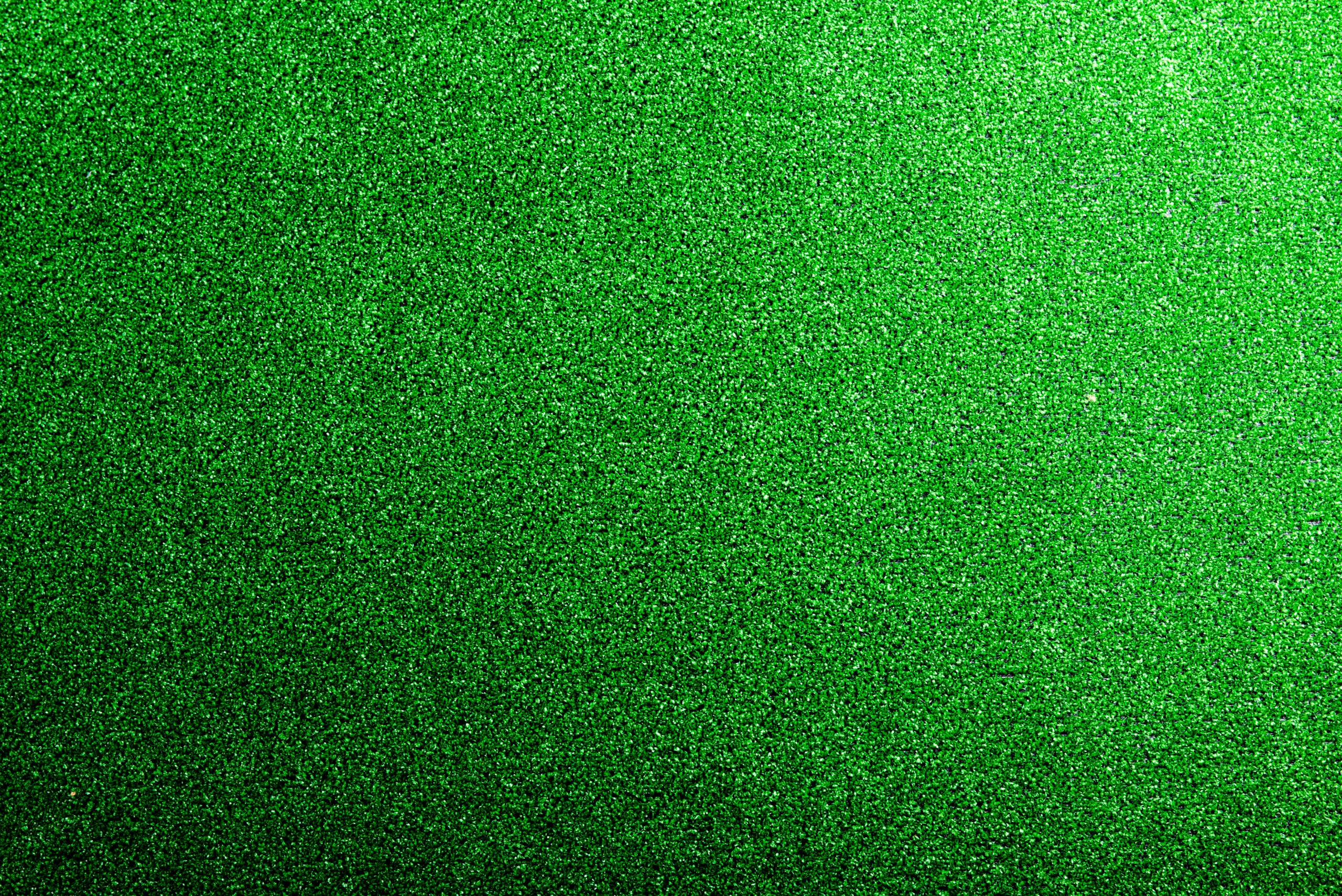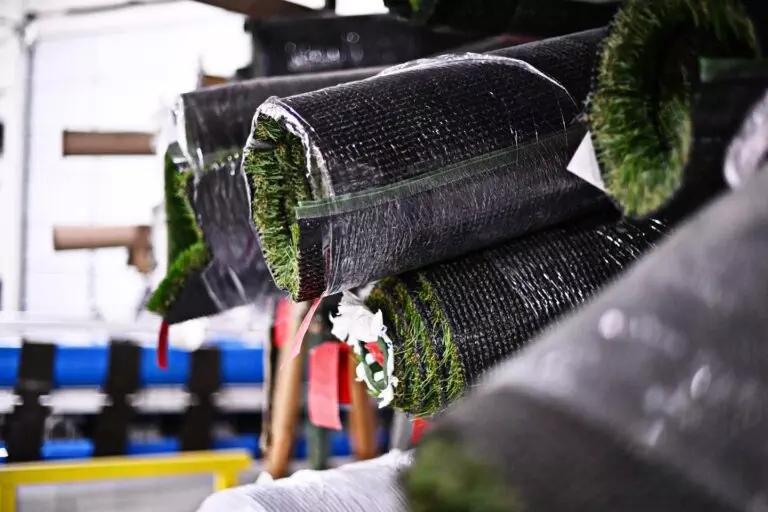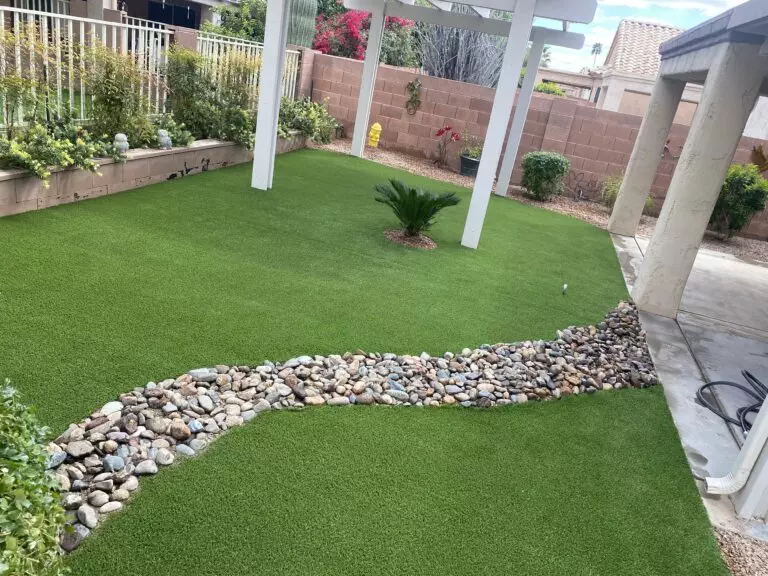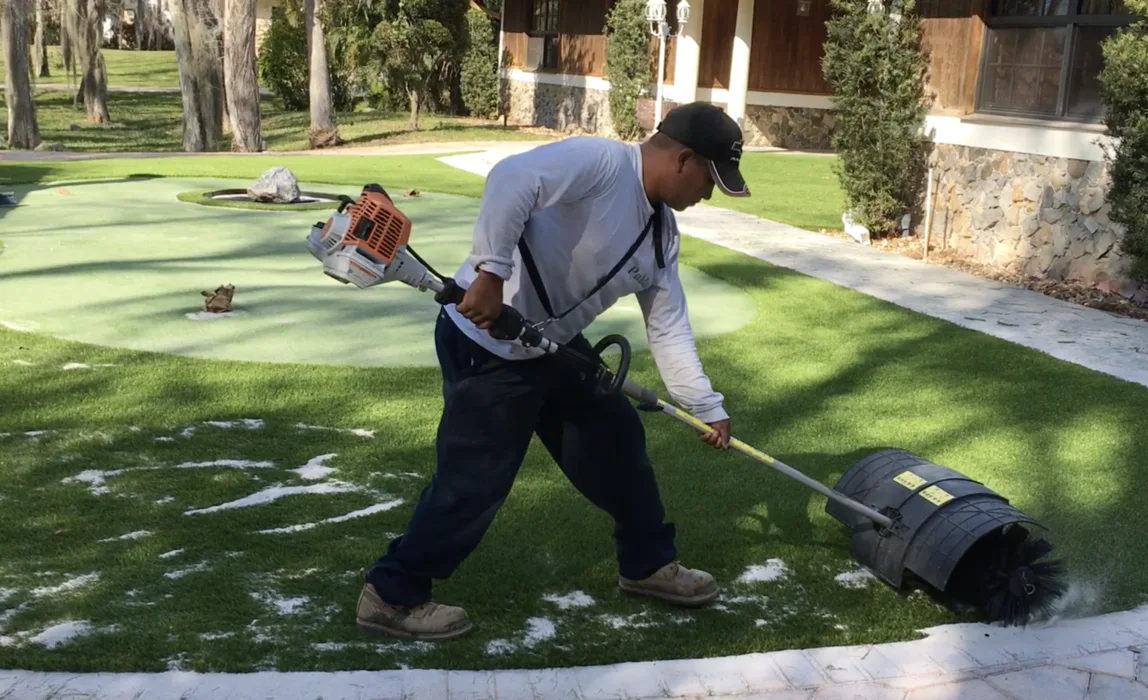Artificial Grass for Athletics: Why Choose Artificial Turf Over Natural Grass?
Introduction to Artificial Turf for Athletics
As the popularity of sports and athletics continues to grow, so does the demand for high-quality playing surfaces. In recent years, artificial turf has become an increasingly popular option for athletic fields due to its durability, consistency, and low maintenance requirements. Unlike natural grass, which can be affected by weather conditions and require frequent watering and mowing, artificial turf provides a consistent surface that is suitable for use year-round.
The Benefits of Using Artificial Grass for Athletic Fields
One of the main benefits of using artificial turf for athletic fields is its durability. Unlike natural grass, which can become damaged from repeated use or exposure to harsh weather conditions, artificial turf remains resilient and long-lasting. This makes it ideal for high-traffic areas such as football fields, soccer pitches, and baseball diamonds. Additionally, artificial turf requires less maintenance than natural grass, which means lower costs associated with upkeep and repair.
Another benefit of using artificial turf for athletic fields is its consistency. With artificial turf, you get a uniform surface that is free from divots, holes, and other imperfections that can affect gameplay on natural grass fields. This means that players are able to perform at their best without having to worry about uneven terrain or unpredictable bounces.
Which Artificial Grass is Best for Athletics?
There are many different types of artificial turf available on the market today, each with its own unique characteristics and advantages. When choosing an artificial turf for athletic fields, there are several factors to consider, including the type of sport being played, the level of competition, and the climate in which the field will be located. Some common types of artificial turf used for athletic fields include nylon, polyethylene, and blended fibers. Each of these materials offers different levels of durability, resilience, and performance.

Installing and Maintaining an Artificial Turf Athletics Field
Once you have chosen the right type of artificial turf for your athletic field, the next step is installation. Installation of artificial turf typically involves preparing the subsurface, laying down a drainage system, and then installing the turf itself. It’s important to work with experienced professionals who understand the specific needs of athletic fields in order to ensure a successful outcome.
After installation, maintaining an artificial turf athletic field primarily involves regular cleaning and grooming to remove debris and prevent damage. Depending on the amount of use the field receives, additional maintenance may also be necessary to replace infill material or make repairs to the turf itself.
Cost Comparison: Natural vs. Artificial Grass for Athletics
When comparing the cost of natural versus artificial grass for athletic fields, it’s important to take into account not only the initial installation costs but also the long-term maintenance costs. While natural grass may seem like a more affordable option initially, over time the costs associated with watering, fertilizing, and replacing damaged sections can add up quickly. On the other hand, while artificial turf may have higher upfront costs, its longevity and low maintenance requirements often result in significant savings over time.
Conclusion:
In conclusion, when considering whether to choose artificial turf or natural grass for athletic fields, there are several key factors to consider. These include durability, consistency, maintenance requirements, and overall cost effectiveness. Ultimately, for high-traffic areas where reliability and predictability are essential, artificial turf represents a superior choice compared to natural grass.






